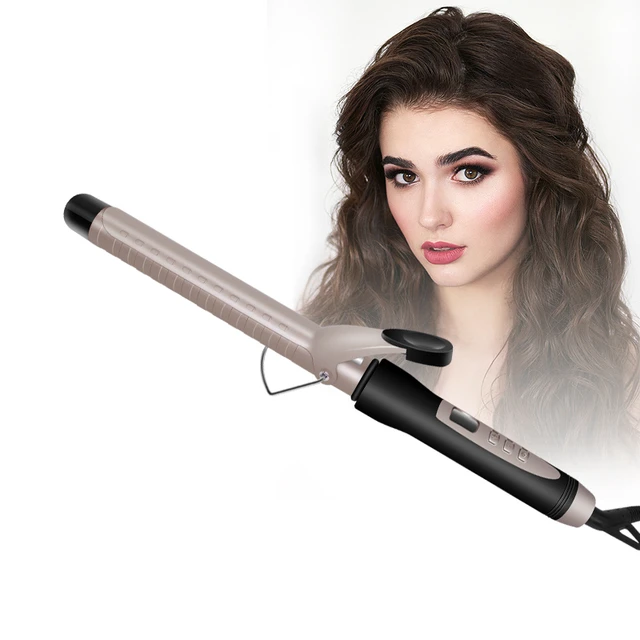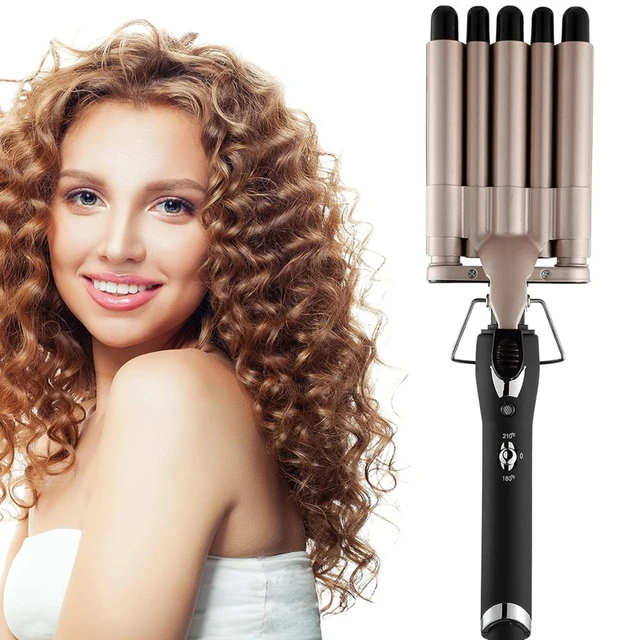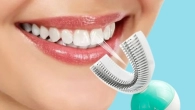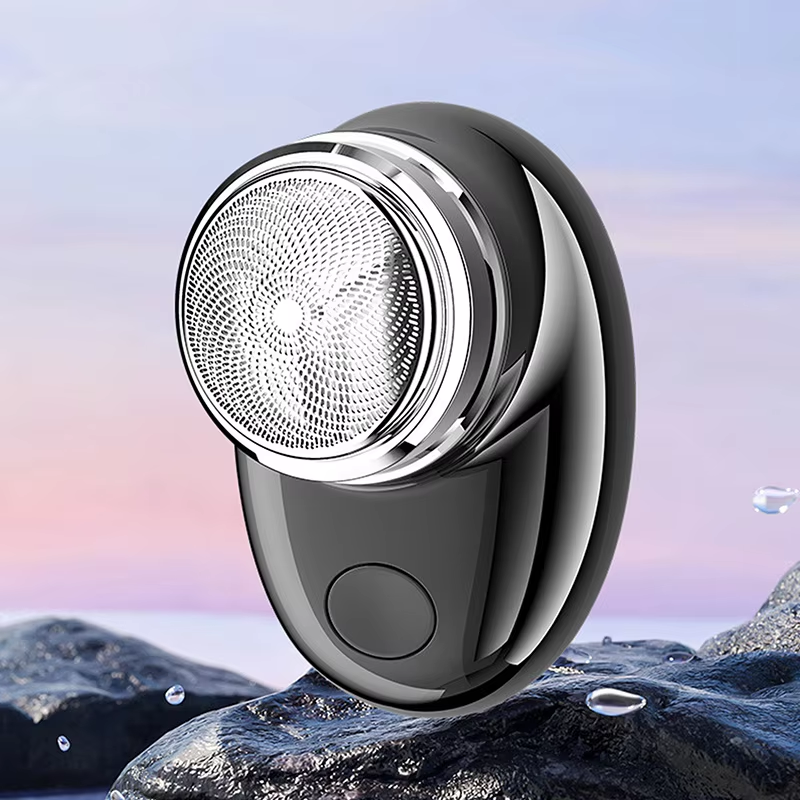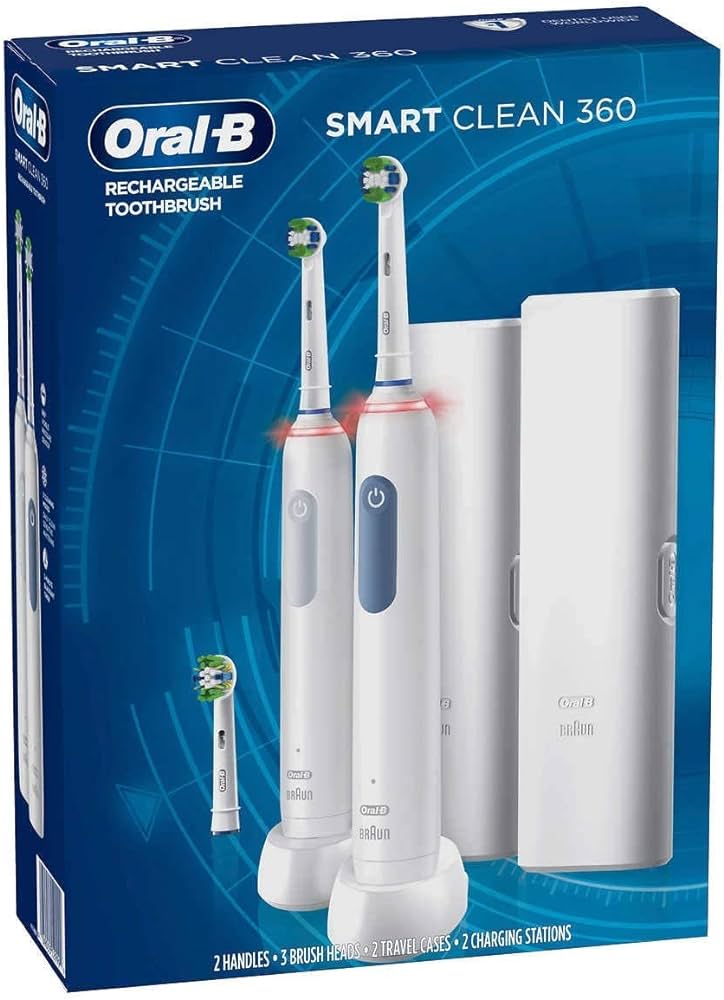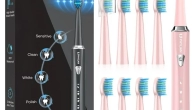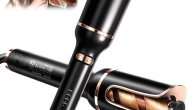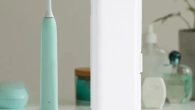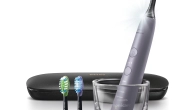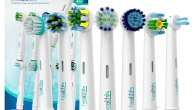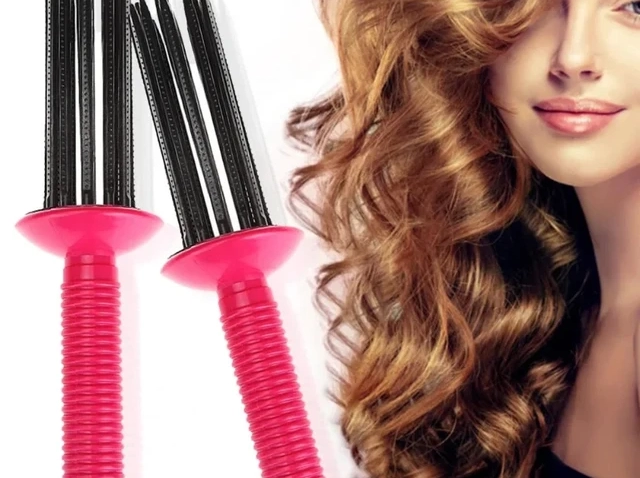
Why Does My Hair Curl When Wet?
The transformation of hair texture when exposed to moisture is a fascinating phenomenon that garners curiosity from many. If you’ve ever wondered, why does my hair curl when wet? you’re not alone. Understanding this change involves exploring the science of hair structure, the impact of hydration, and various external and internal factors. Let’s delve into the details to comprehend why your hair curl when wet, and what this means for your overall hair health.
Hair Structure and Composition
To understand why hair curls when wet, it’s essential to first grasp the basic structure and composition of hair.
- Keratin and Disulfide Bonds: Hair is primarily composed of keratin, a protein that forms strong structures through bonds, including disulfide bonds and hydrogen bonds. Disulfide bonds are responsible for a hair’s strength and shape, while hydrogen bonds are more temporary and can be broken by water.
- Hair Follicle Shape: The shape of your hair follicle determines whether your hair is straight, wavy, or curly. Circular follicles produce straight hair, while oval follicles lead to wavy or curly hair.
- Medulla, Cortex, and Cuticle: Hair strands consist of three layers—the medulla, cortex, and cuticle. The cortex, which houses keratin and pigments, plays a significant role in how hair reacts to moisture.
A well-rounded knowledge of hair structure sets the stage for understanding how moisture affects it.
Role of Hydrogen Bonds
Hydrogen bonds play a pivotal role in the curling of hair when it becomes wet. These bonds, though temporary, significantly influence hair texture.
- Temporary Bonds: Hydrogen bonds form between water molecules and keratin molecules in the hair. These bonds are weaker than disulfide bonds but are abundant throughout the hair strand.
- Bond Breaking: When hair gets wet, water molecules penetrate the hair shaft, breaking the hydrogen bonds. This leads to hair becoming more pliable and adopts a different shape.
- Reformation of Bonds: As the hair dries, new hydrogen bonds form based on the hair’s current shape. If the hair was curled while wet, it will retain this curl as it dries.
Understanding the temporary nature of hydrogen bonds explains why hair often returns to its natural curl or wave pattern when exposed to moisture.
Impact of Moisture on Hair
Moisture significantly affects hair’s physical properties, leading to changes in texture and curl patterns.
- Hydration and Swelling: Water causes hair to swell, increasing its diameter temporarily. This swelling can accentuate the curl pattern, making the curls more pronounced.
- Enhanced Elasticity: Wet hair tends to be more elastic, allowing it to stretch and take on new shapes. Elasticity is why curls form more easily when hair is damp.
- Cuticle Layer Reaction: The cuticle—the hair’s outer protective layer—lifts slightly when wet, making hair more susceptible to changes in shape. This lifting helps moisture penetrate the hair shaft.
Moisture makes hair more flexible and susceptible to shape changes, contributing to the formation of curls.
Genetic Factors
Genetics play a crucial role in determining your hair’s natural texture and how it reacts to moisture.
- Inherited Traits: The curliness of your hair is largely determined by your genes. Specific genes influence the shape of your hair follicles and the distribution of keratin, resulting in varying hair textures.
- Ethnicity: Hair texture often correlates with ethnicity, although exceptions exist. For example, individuals of African descent are more likely to have tightly curled hair, while people of Asian descent often have straighter hair.
- Variability: Even within families, hair textures can vary widely, demonstrating the complexity and variability of genetic influence on hair.
Recognizing genetic factors helps in understanding why hair might curl more prominently for some individuals when wet.
Hair Products and Treatments
The use of specific hair products and treatments can accentuate or diminish the curling effect of wet hair.
- Conditioners and Hydrating Products: Products designed to hydrate and condition hair can increase moisture retention, enhancing curl formation. Look for products that cater specifically to curly or wavy hair.
- Styling Products: Mousses, gels, and serums formulated for curly hair can define curls more clearly when applied to wet hair. These products often help in maintaining the curl structure as hair dries.
- Chemical Treatments: Relaxers, perms, and other chemical treatments can permanently alter hair texture, impacting how hair responds to moisture.
Understanding the impact of various products and treatments can help manage and enhance the natural curling tendency of wet hair.
Environmental Factors
External environmental conditions also play a significant role in how hair reacts to moisture.
- Humidity: High humidity levels increase the amount of moisture in the air, making it more likely for hair to curl. This is due to the increased absorption of water by hair strands.
- Rain and Swimming: Direct exposure to water, such as from rain or swimming, can cause hair to curl more than usual. The quality of water, including its pH balance and mineral content, can also affect hair behavior.
- Climate Change: Moving from a dry to a humid climate can significantly increase the curliness of your hair when it’s wet, as the hair adapts to the new moisture levels in the environment.
Environmental factors contribute to the dynamic nature of how hair reacts to moisture, impacting its curliness.
Hair Care Routines
Daily hair care routines influence how hair behaves when wet and can help in managing curls effectively.
- Washing Frequency: Frequent washing can strip hair of its natural oils, affecting its texture and curl pattern. Finding a balance in washing frequency can help maintain healthy curls.
- Detangling: Detangling hair while wet can help define curls, as hair is more malleable in this state. Use a wide-tooth comb or fingers to minimize breakage.
- Drying Techniques: How you dry your hair also matters. Air drying tends to enhance natural curls, while blow drying with a diffuser can help maintain curl definition without frizz.
Adapting hair care routines to suit your specific hair type and texture can optimize curl formation and retention.
The Role of Protein and Moisture Balance
Maintaining a proper balance of protein and moisture is key to managing hair health and curl patterns.
- Protein Treatments: Hair is made of protein, so protein treatments can strengthen hair and maintain its elasticity. However, too much protein can make hair brittle and affect curl formation.
- Moisture Balance: Ensuring your hair is adequately moisturized helps maintain its natural curl pattern. Hydrating masks and leave-in conditioners can assist in moisture retention.
- Balancing Act: Understanding your hair’s need for protein versus moisture is crucial. Balancing the two can help in achieving healthy, well-defined curls.
Proper care involving the right balance of protein and moisture can improve the health and natural curl pattern of your hair.
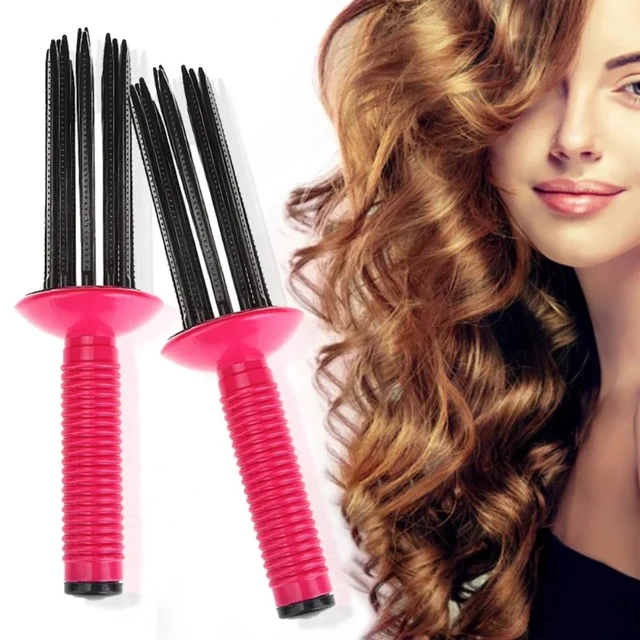 Professional Insights and Expert Tips
Professional Insights and Expert Tips
Hair professionals offer valuable insights and tips on managing and enhancing the natural curliness of wet hair.
- Regular Trims: Keeping hair trimmed prevents split ends, which can disrupt curl patterns. Regular trims help maintain the overall health and appearance of curls.
- Curly Haircuts: Opt for haircuts designed specifically for curly hair to enhance natural curl patterns. Layers can add volume and definition.
- Professional Treatments: Professional treatments like deep conditioning and keratin treatments can help manage and enhance curls.
Professional advice tailored to your specific hair type can make a significant difference in how your hair curls and maintains its health.
Debunking Myths
There are several myths about hair curling when wet that need to be addressed for better understanding.
- Straight to Curly Magic: While moisture can enhance curls, it won’t turn straight hair curly. Curl patterns are primarily determined by genetics.
- Excessive Styling: Over-styling and frequent heat exposure can damage hair and alter its natural curl pattern. Natural curls thrive with minimal styling intervention.
- One-Size-Fits-All Products: No single product works for everyone. Hair products should be chosen based on individual hair types and specific needs.
Debunking these myths helps in setting realistic expectations and better managing hair care routines.
Conclusion
So, why does my hair curl when wet? The intricate combination of hair structure, hydrogen bonds, genetic factors, and external elements such as moisture and environmental conditions plays a significant role. Understanding the science behind hair curling when wet offers better insight into managing and enhancing natural curls. Incorporating appropriate hair care routines, using suitable products, balancing protein and moisture, and seeking professional advice can help in maintaining the health and beauty of your curls. By acknowledging these factors and debunking common myths, you can enjoy and care for your naturally curly hair effectively.




